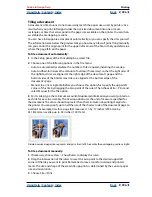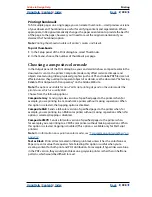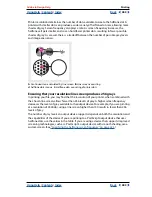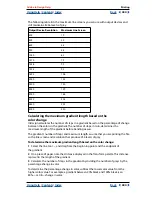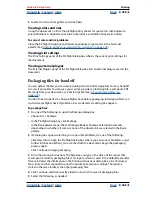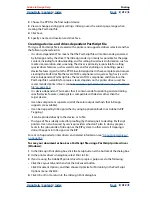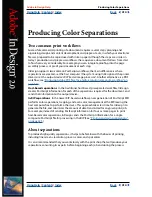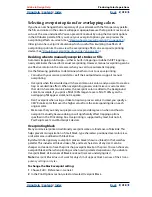
Using Help
|
Contents
|
Index
Back
403
Adobe InDesign Help
Printing
Using Help
|
Contents
|
Index
Back
403
Printer resolution determines the number of dots available to create the halftone dot. A
printer with smaller dots can produce a wider variety of halftone dot sizes, allowing more
shades of gray. Screen frequency also plays a role: As screen frequency increases, the
halftone cell gets smaller, and so can hold fewer printer dots, resulting in fewer possible
shades of gray. As a result, there is a tradeoff between the number of possible gray levels
and image coarseness.
A
. Continuous tone simulated by line screen
B.
Line screen consisting
of halftone dots in rows
C.
Halftone dots consisting of printer dots
Ensuring that your resolution/line screen produces 256 grays
In printing your file, you may find that the resolution of your printer, when combined with
the chosen line screen, allows fewer than 256 levels of gray. A higher screen frequency
decreases the levels of gray available to the output device. For example, if you are printing
at a resolution of 2400 dpi, using a line screen higher than 150 results in fewer than 256
levels of gray.
The number of gray levels an output device supports depends on both the resolution and
the capabilities of the device. If you are printing to a PostScript output device that uses
halftone dots, use the values in the table. If you are using a device that supports improved
screening technologies, such as a PostScript 3 output device with smooth shading, use a
custom screen. (See
“Specifying the halftone screen frequency” on page 423
.)
B
A
C








